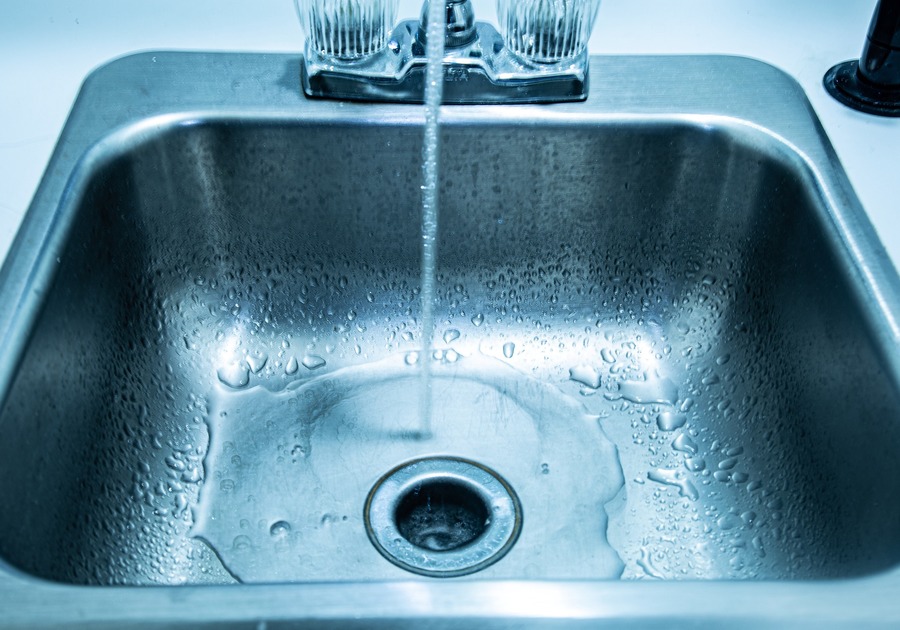We get it. NOBODY, and I mean NOBODY wants to call a plumber. We also know not every job or every person needs a plumber for some tasks. We want to help you save some time and money with basic plumbing tips.
1.) You got a high water bill
Once the sticker shock of the high water bill has worn off take a deep breath and let’s solve the problem. More often than not our culprit is going to be a toilet. Recall back and think about have you heard the toilet running when no one was using it or running for an extended period of time.
Our first step is to diagnose how many toilets are running. You will need a Kool-aid packet or food coloring to place in the tank. Place one packet of Kool-Aid or food coloring in the toilet tank taking care not to get the dye into the overflow which will cause a false positive. Go grab a drink of water and come back in 15 minutes. After 15 min it’s time to check our experiment. Lift each toilet seat. If you see clear water the toilet is not leaking, however, if you see dye in the bowl now we know you need a repair.
Tools and parts needed for repair
- Slip joint pliers
- Adjustable wrench
- Latex gloves
- Wet dry vac
- Shop towels and rags
- Cutting pliers
- Toilet fill valve
- Toilet flapper
- Toilet water supply line
- Approx $30-$50 for parts
- 30 min to 2 hours repair time
Start by shutting down the water to the toilet and flushing the toilet to drain as much water as possible from the tank. Get the latex gloves on and place towels on the floor around the toilet. Using your wet dry vac remove the remaining water from the toilet tank. Remove the water supply tube from the fill valve and water shut off valve. Remove the nut on the bottom side of the fill valve to remove the fill valve. The flapper is secured to the flush valve on a tab on each side of the overflow. Carefully remove the ears of the flapper and follow the chain from the flapper to the handle. Remove the clip from the handle and discard all old parts. Clean the surface of the flush valve with a rag or towel. Install a new flapper and chain to the flush valve and handle. Make sure your chain has about 1/4” of slack to prevent flushing issues. Install new fill valve and stainless steel water supply line. Restore water to the toilet and the toilet tank will begin to fill. Follow instructions with your fill valve to adjust the water level. The water level should be 1/4” below the overflow level. Dry areas around the toilet and monitor for the next couple of days to ensure there are no leaks. You should also re-dye test the toilet to confirm a leak-free repair.
2.) Garbage disposal is not working:
Caution: Do not under any circumstances put your hands in the disposal or work on it with the power on.
You turn on the switch and nothing happens. What a great way to start the evening after working 8 hours and commuting 4 hours. First check underneath your disposal for a red button. Press the red button. If you feel a click then the overheat sensor was tripped. Flip the switch and you will hear either the disposal operating normally or just an electrical buzz. If you hear buzzing the disposal is jammed. Turn the power off and Grab a 1/4“ Allen wrench and go back under the disposal. You should see a hole for the Allen wrench in the center of the disposal. Insert the wrench into the disposal and turn left to right until the disposal freely spins. Turn the power back on and check operation. Everything should be in working order at this point. If not it’s a more serious problem and should be checked by a pro for safety. I repeat - Do not under any circumstances put your hands in the disposal or work on it without first turning off the power to the disposal.
3.) Flush water heater
This should be done 1-2 times annually for best effect. Over time your water heater fills with minerals and sediments reducing performance and capacity. If your heater is more than 4 years old we do not recommend flushing the heater as it could damage the heater. First, turn power and gas off if applicable. Familiarize yourself with the main water shut off valve as well. If this goes sideways you need to know how to shut down the water.
Tools needed:
- Gloves
- Garden hose
- Electrical multimeter
- Floor drain or bucket
- Towels
- Pliers
- 1/4” flat head screwdriver
If your drain valve on the water heater is plastic we recommend you call a pro to perform this service. Turn power and gas off and run a bathtub on hot until the water is cool coming out of the faucet. Attach a garden hose to the drain valve and direct to a bucket or a floor drain. Use the 1/4” flat head to open the drain valve and let it flow freely for 10 min if using a floor drain or fill and empty the 5-gallon bucket 10 times. Once completed remove the drain hose and open a hot water faucet and ensure there is no air trapped in the heater. Once the heater is full of water, restore gas and electricity. Your water heater may take up to 2.5 hours to reheat the entire tank. Check the work area for leaks over the next few days.
4.) Slow draining sink or tub/shower
Most commonly the kitchen sink, lavy sink, or bathtub can be slow draining due to hair or grease buildup.
First, get a drain cleaning tool and Drain Defense Liquid Pipe Build Up from your local hardware store. You can also pick up Enzyme Cleaner while you're there.
Kitchen sink: Mostly the kitchen collects oils, fats, and grease. Start by adding the enzyme cleaner 7 nights in a row , then 1 time per week for 3 weeks, then once per month for maintenance. Full disclosure, if your drain is really slow this could fully clog the line as it breaks off materials and blocks the small waterways. This will speed up the drain in about a 1-2 weeks
Lavy sink: use the hair tool down the drain and remove debris. After that flush with clean water for 5 minutes. Apply enzyme cleaner monthly afterward to help breakdown buildup.
Shower or bathtub: use the hair tool down the drain and remove debris. After that flush with clean water for 5 minutes. Apply enzyme cleaner monthly afterward to help breakdown buildup.
5.) Freezing weather:
If you have Plumbing that is on an outside wall you may have pipes that could freeze and worse when they thaw they could burst. If the temps get at or near 30F we recommend opening the cabinet doors to those fixtures to allow ambient air to enter and keep piping warm. Also, leave the water dripping at that fixture for extra protection. If your line is already frozen, please locate your main water valve so you know where to shut the water off if a pipe bursts. Turn the faucet to the on position, open cabinet doors, and turn up the heating system 5-10 degrees. As the pipes thaw you should begin to see water dripping and finally begin running as normal. Make sure you allow the water to run full blast for 10 min afterward to remove the slush from inside the lines. If the temps are still freezing leave the cabinet doors open and leave the faucet dripping.
The Plumbing Express hopes these tips have added value to your home and life. We look forward to a long-lasting relationship with the community.
Stress Less! Call The Plumbing Express!

Phone: 540-222-1498



